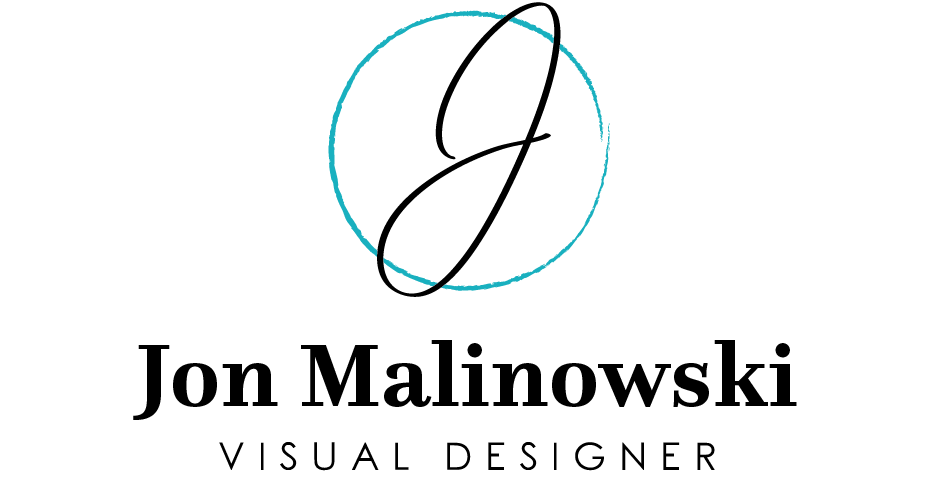Motivation
As the Print Production Coordinator, I was tasked with understanding the logistics behind printing customer requested labels or signs, quoting the materials used, and providing sales with the quote and proof for customer approval. Provided to me were explanations of printing processes and an internal pricing tool to aid in my quoting. However, the application for pricing jobs did not have any logic; it did not prevent me from selecting the incorrect printer for the job or directing me towards best practices used by those printing the products for customers.
In a conversation with Engineering, I was asked if I would use my knowledge of UI/UX design to reimaging how my "dream pricing tool" would look and function. I started by analyzing the current application, removing unused fields, and adding in more commonly used materials. I also removed redundant or confusing values like a roll length value that appeared twice or a profit percent that was questionable.
Demonstration
Script:
1. Can you quote a 2"x12" Pipe Marker (single printed label), on black premium vinyl, with orange text?
2. Please change the name of the label.
3. Can you quote a 4"x4" NFPA Die-cut Roll, on white reflective vinyl, with colored ribbon (red, blue, yellow, black), for a customer's TORO printer?
4. Please change the name of the label.
5. Can you quote a 24"x24" hanging aisle sign, on Kometex, double sided, with two grommets?
6. Please change the names on both signs.
7. Can you add a 2"x100' 1 Color RIGID roll to the order?
8. Please change the name of the label.
9. Remove the signs from the order.
10. Please increase the Artwork Fee (559) to $30.00 (1hr).
11. Navigate to the Quote page.
12. Enter the name of the Account Manager.
13. Enter the Case Number.
14. Export Quote.
Design Evolution
I sketched out five iterations for how the new pricing tool may be laid out. Of those five, I focused on two that I referred to as drawers and accordion. The pricing tool, at the time, was centered around dropdowns and value fields, so I thought I would include those elements in both of my selected designs. This way, anyone familiar with the existing application could pick up the new one and quickly begin quoting jobs. This was not the case.
Many users were not familiar with the print processes, nor were they familiar with solvent/uv printing. The usability study began with the drawers prototype, that would later be selected for the high-fidelity prototype. After quoting the first line item, the rate at which testers quoted additional line items decreased. Then came the accordion test, and upon launching it, one user exclaimed, "I already like the first one better!" The time it took users to quote line items was increased and some bypassed a warning message, that allowed them to quote the items incorrectly, just because they were frustrated and did not know the process.
Lessons Learned
In researching other quoting software, there weren't any doing exactly what I wanted. They acted more like the Catalog feature; where a line item is created once, priced, and referenced in all future orders. This application was meant to be more flexible, while helping guide users to best practices. It was for this reason, that choices that cannot be made were marked as inactive. One example, is to remove the single printed labels option from customer's printers, because printers in the field print onto rolls and cannot handle single fed labels.
One limitation of this prototype is that it does not account for every choice users can make. I have included a guide for how users can go about navigating the application, what processes they should use, and how to account for certain printing and ordering processes. Not all materials listed here are kept in stock, which will add to the lead times for certain orders while the Inventory Department procures these from our vendors. Engineering should connect this to the inventory system to alert those quoting products to their availability, and to plan accordingly.
